
Society, Leica Collaborate on M10-P “ASC 100 Edition”
ASC members and associates discuss their contributions to creating this limited-edition tribute to the Society's centennial.
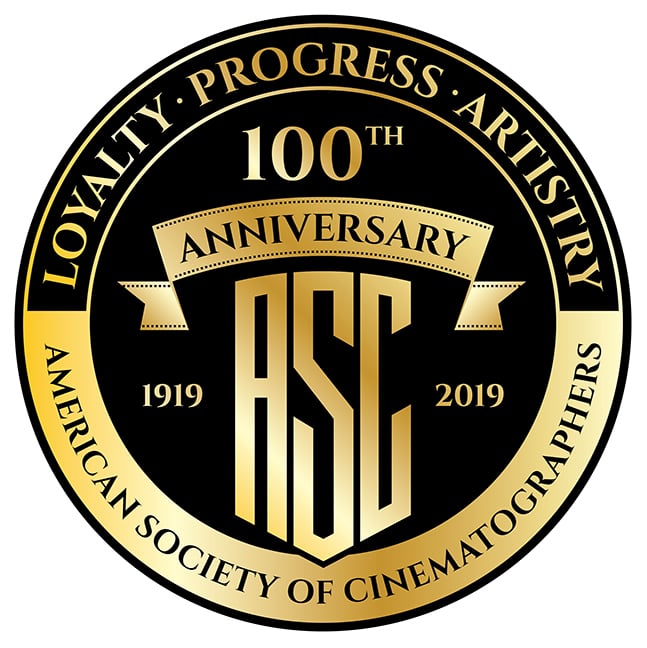
In commemoration of the 100th anniversary of the American Society of Cinematographers, Leica has partnered with the ASC in the development of the Leica M10-P “ASC 100 Edition” camera. With an eye toward both the past and the future, the limited-edition camera brings modern features to a design inspired by the original Ur-Leica still camera that helped to establish the 135-format 24mm x 36mm “full frame” standard for still photography.
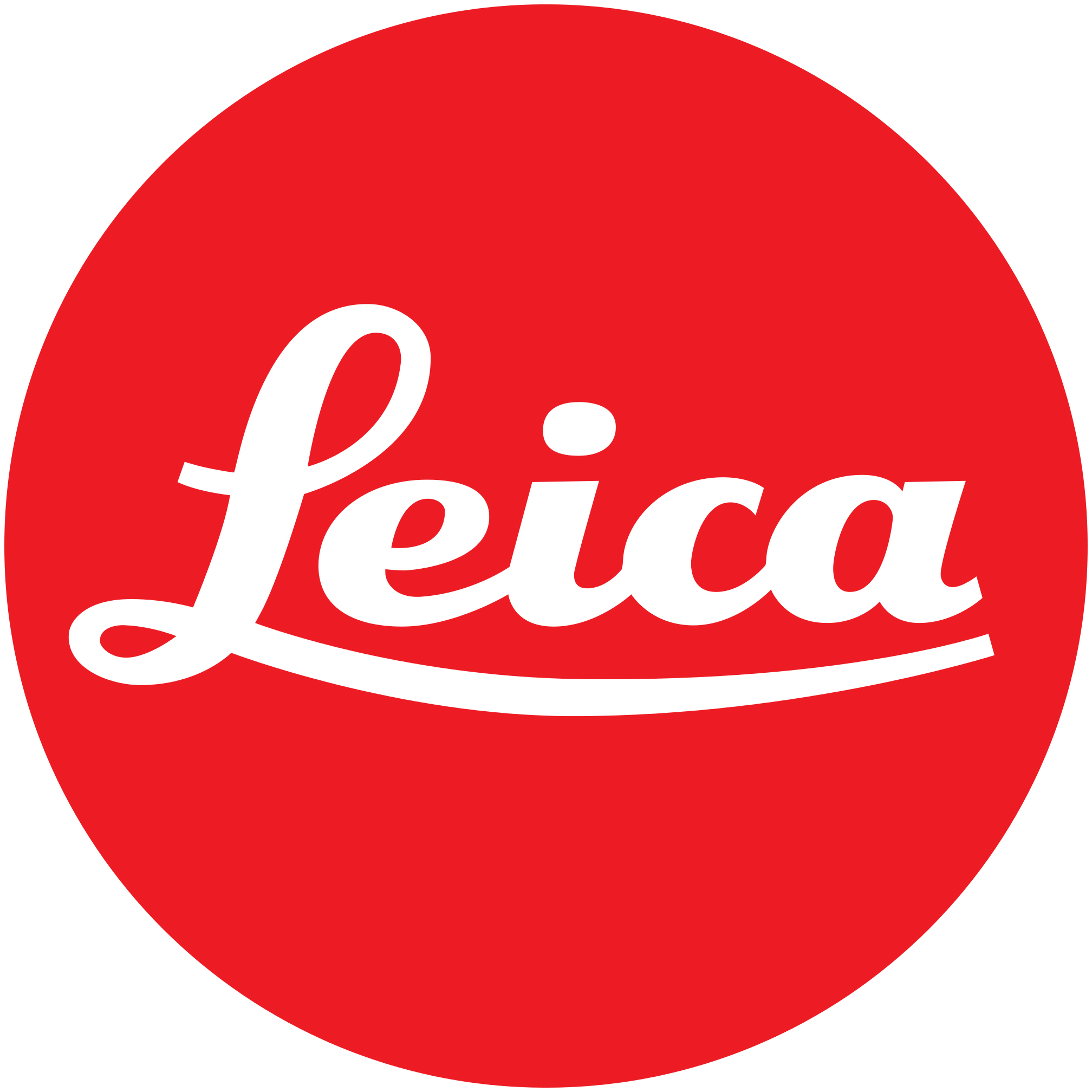
In early 1913, Oskar Barnack, an enthusiastic cinematographer with a love of photography, was under the employ of Ernst Leitz Optische Werke in Wetzlar, Germany. Taking his cue from motion-picture film, Barnack decided to use standard 35mm celluloid film stock for still photography, turning the film on its side so that it would advance horizontally through the camera body and produce individual frames 24mm tall by 36mm wide. Barnack dubbed the resulting camera the “Lilliput Camera,” which later became the “Ur-Leica,” and its adoption of flexible-base 35mm film for still-camera use would become standard for Leica’s commercially available cameras that followed — and for the still-photography industry at large.
Now, the Leica M10-P “ASC 100 Edition” camera adds a new chapter to Barnack’s legacy, updating and enhancing the Leica M10-P still camera’s capabilities and making it an essential tool for cinematographers working in the modern digital ecosystem.
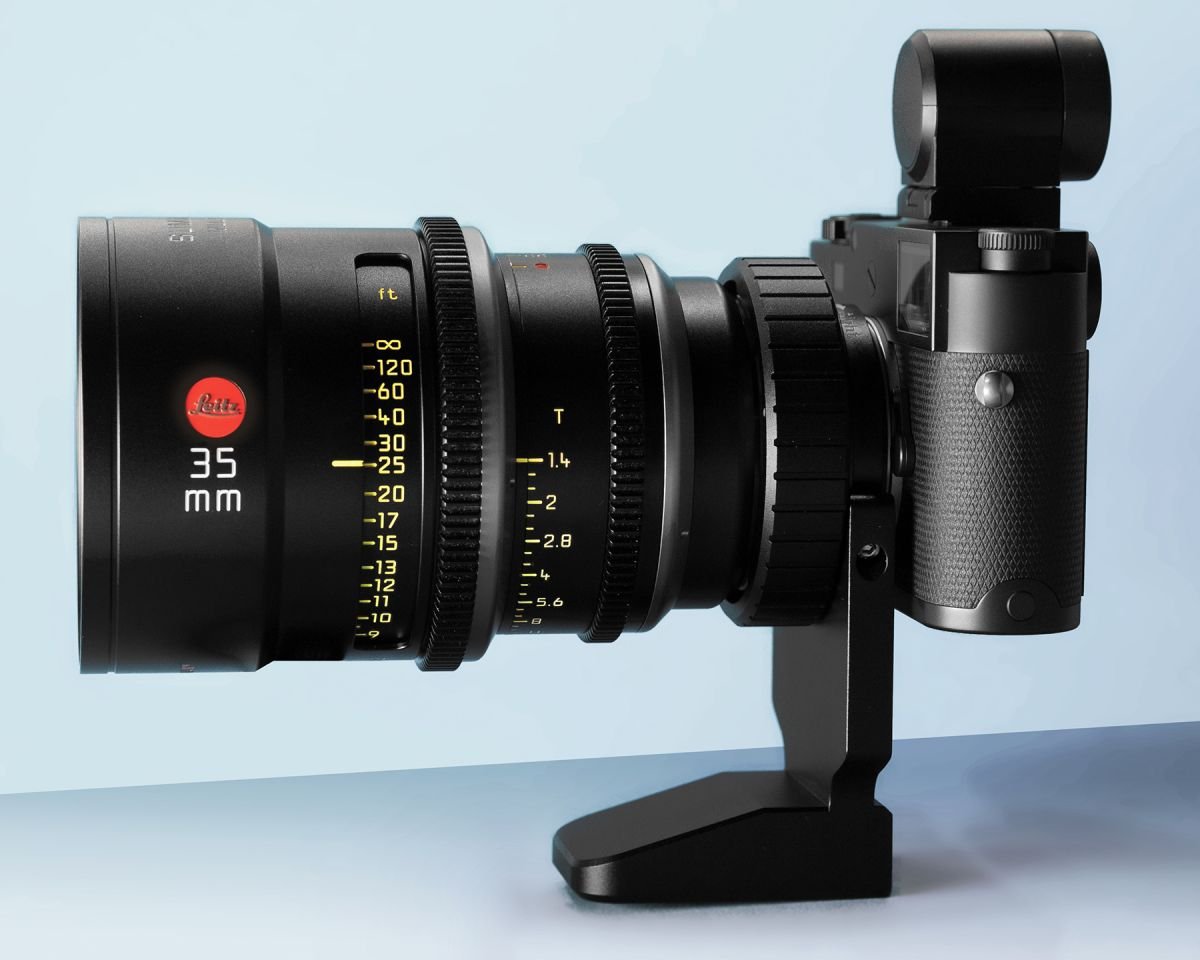
To realize this special-edition digital still camera designed for cinematographers, ASC President Kees van Oostrum collaborated with fellow ASC active and associate members as well as a team at Leica’s headquarters in Germany. “In November 2017, I started talking to Leica about creating a model that would be useful for cinematographers,” van Oostrum recalls. “I wanted something you could put PL-mount cinema lenses onto and do test shots with, while at the same time making it a commemorative camera for the first 100 years of the ASC. So we formed an advisory group that included myself; Bill Bennett, ASC; Steve Yedlin, ASC; and associate member Joachim Zell, vice president of technology at EFilm.”
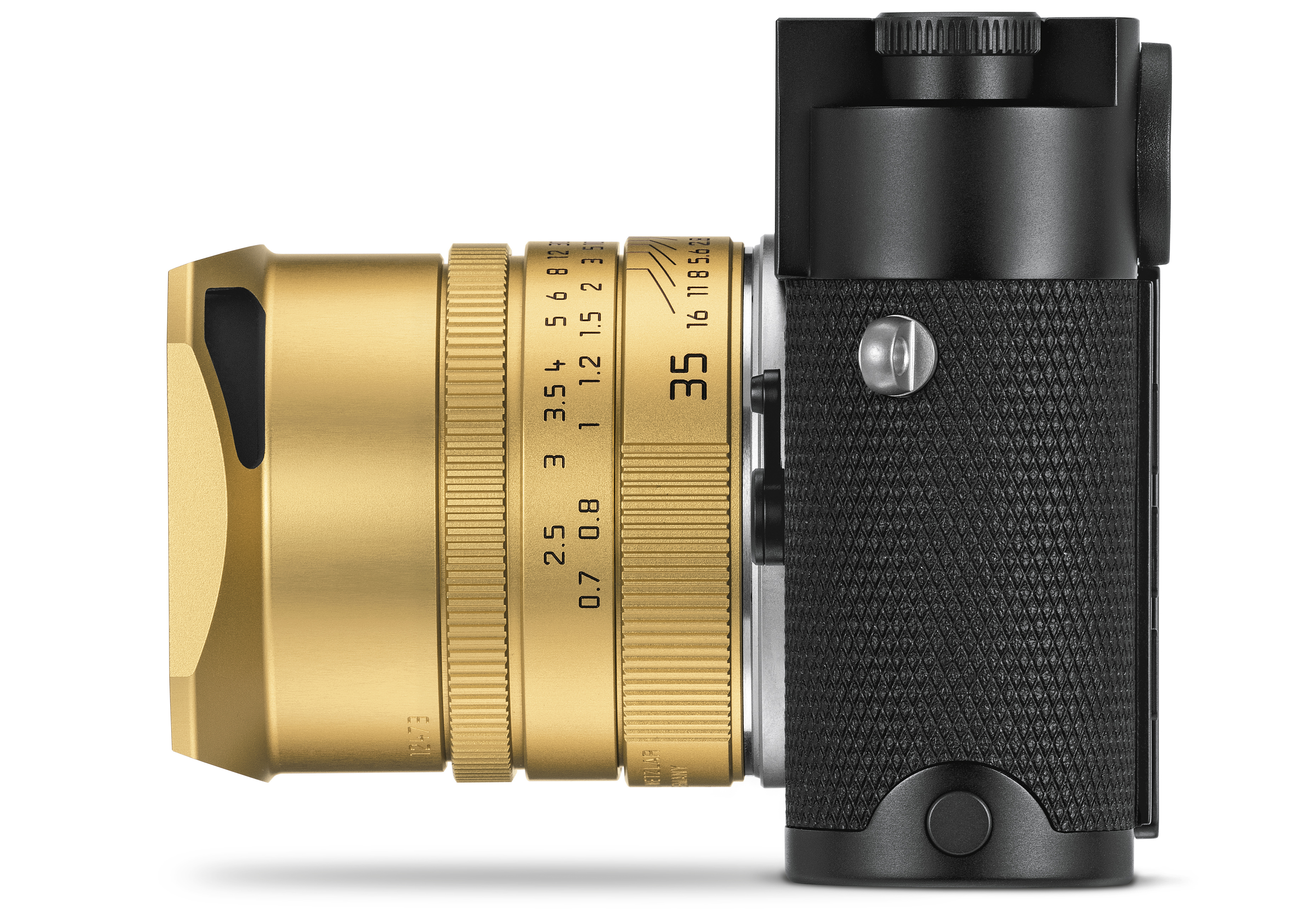
Stefan Janssen, product manager at Leica, headed the project, with significant involvement from ASC associate member Dr. Andreas Kaufmann, the owner of Ernst Leitz Wetzlar and chairman of the Leica Camera AG advisory board.
The modern interpretation of Oskar Barnack’s vision is expressed not only in the unique range of functions offered by the Leica M10-P “ASC 100 Edition,” but also in the camera’s design. The ASC logo appears in polished finish on the black-chrome top plate of the camera, whose overall appearance has been stripped down to the essentials, with all engravings done in a dark solid gray tone. The technical-functional look, inspired by the Ur-Leica, is also carried forward in the leathering, which is similar to that found on the Leica SL. The new camera also comes equipped with a brass anodized Leica Summicron-M 35mm f/2 aspherical lens — another reflection of the Ur-Leica’s character and appearance.
“Our new camera is modeled after the Oskar Barnack Ur-Leica, recalling its brass lens and black finish,” van Oostrum says. Janssen adds, “The original Ur-Leica had a brass lens that became quite tarnished and weathered over time. We started with a black lacquered lens and gave it a [brass] anodized finish to approximate the same look. For the focal length, we chose 35mm as a good standard field of view.”
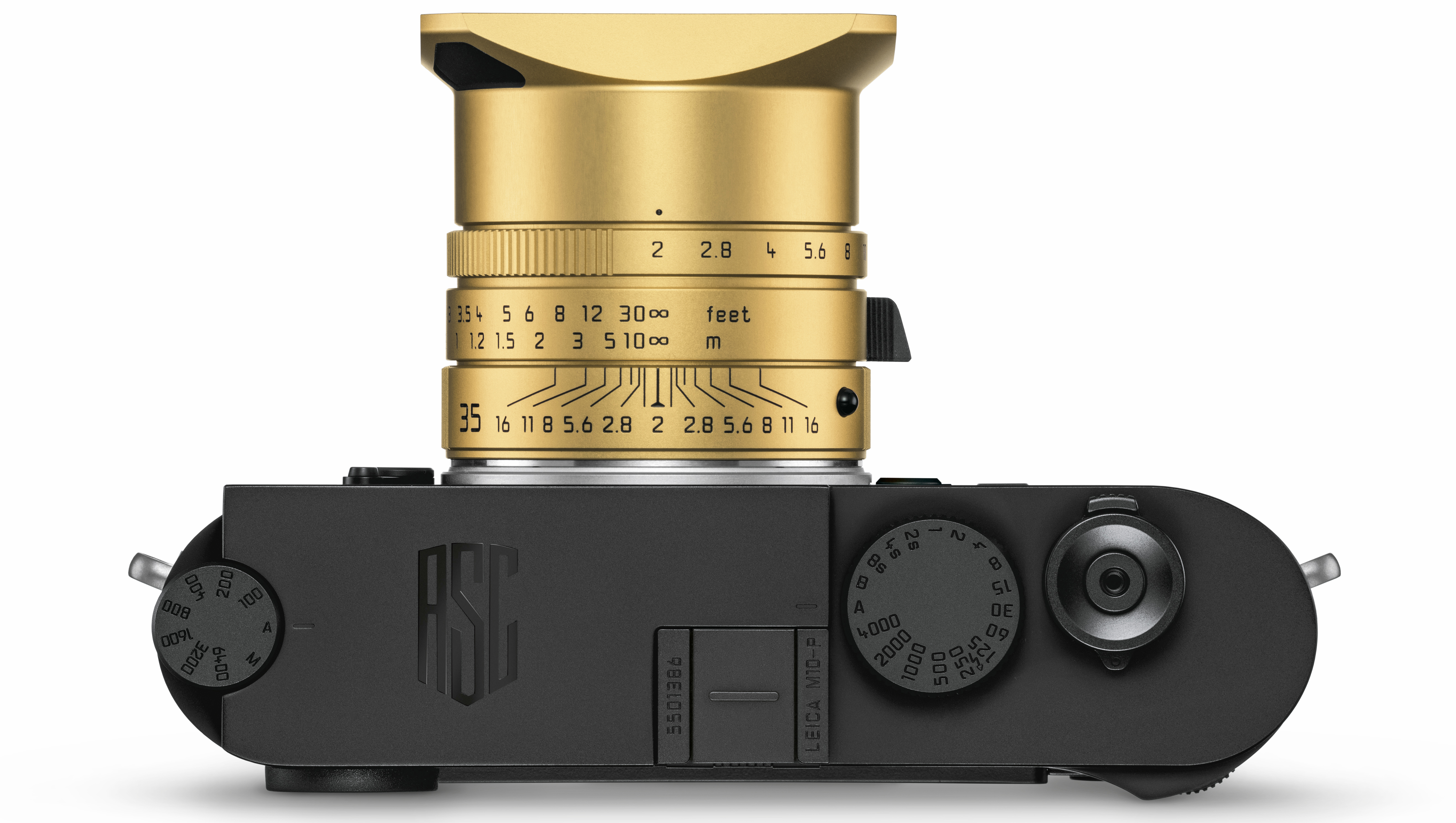
Once the concept for the camera had been agreed upon, the ASC advisory group got to work with their counterparts at Leica. Although the special-edition camera was based on the existing M10-P digital-camera hardware design, it required the addition of custom looks and other menu items in order to meet the demands of the ASC cinematographers.
The camera enables cinematographers to get a first impression of a planned scene by reproducing two unique looks custom-developed for this “ASC 100 Edition” release. The “ASC Cine Classic” look is inspired by the long cinematic tradition of rendering the scene more for beauty than for reality, with higher contrast in the midtones but lower contrast in the long toe and shoulder. The “ASC Cine Contemporary” look is inspired by the more recent trend in cinema characterized by more open shadows and more faithfully realistic tone rendering. These two custom looks — which were developed by Leica’s image-science team, who worked closely with van Oostrum, Yedlin, Zell and Bennett — are included in addition to the normal M10-P’s default look and special monochrome look.
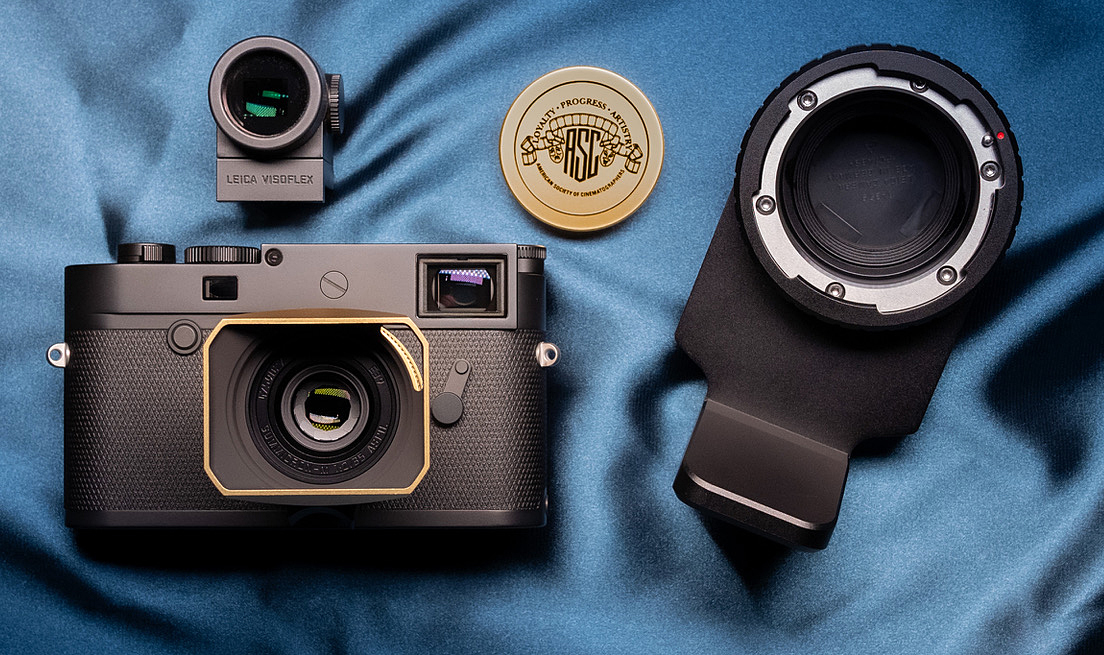
Zell notes that the process of developing the ASC Cine Looks “involved shooting many tests using a Leica camera alongside digital cinema cameras.”
“We shot gray cards and color charts in full exposure sweeps, from underexposed full black to overexposed full white,” Yedlin adds. “We also used a number of representative images — exteriors, interiors, etc. — shot by Kees, to review the results on a variety of imagery.
“The Leica camera processing does 1D tables — also called tone maps or transfer functions — and 3-by-3 matrices,” Yedlin continues. “We usually design color transformations using much more complex operations. So we had to figure out how to get something we liked with only successive transfer functions and matrices.”
“This was an interesting part in our joint venture,” Zell offers, “because we had to explain to the engineers at Leica [which elements of the image are] really of interest to us. The whole image is very interesting, of course, but the skin tones are the key part of every movie we work on. There are always people talking to each other and interacting, so we wanted the skin tones to [be reproduced] to perfection.”
Additionally, Bennett notes that while “Steve’s emphasis was on the color science, I was primarily involved with the frame lines, which enable you to match your framing in the Leica [camera] to just about any cinema camera.” Indeed, further making the M10-P “ASC 100 Edition” an important new tool for professional cinematographers, the camera will enable users to select from different frame lines commonly used in motion pictures. Once activated, the corresponding aspect ratio is displayed as a bright-line frame.
“We added the frame lines into the capture-assistance menu because they are an overlay onto the image,” Janssen notes. “We show it for both live view and playback mode. We added some of the main cinematographic presets: 2.39, 1.85 and 1.78. We also thought it was a good idea to have presets for both full frame and Super 35, because PL-mount lenses are designed for Super 35 but the camera’s sensor is full-frame size.”
“You can also create two custom frame-line presets,” Bennett adds. “There are many default frame lines that are part of a cinema camera’s menu. Usually on the camera’s website, for those different default frame lines, it will also give you their dimensions in millimeters — so you can then enter those numbers into the M10-P’s menu, and you’ll have a match. It won’t work one-to-one for a large-format camera such as the Alexa 65, because that has a much larger sensor than the M10-P, but any full-frame camera — such as the Alexa LF [or] Red Monstro — has a similar sensor, so you can create matching frame lines.”
The “ASC 100 Edition” package includes an M-to-PL-mount adapter as well as a hot-shoe attachable Visoflex electronic viewfinder (EVF) that enables the looks and frame lines to be directly overlaid onto the live image, enabling the system to be used as a digital director’s viewfinder. “We decided to include the Visoflex to give cinematographers the ability to fully assess their frame,” Janssen says. “Without it, you don’t see the actual looks or frame lines through the viewfinder. You do see them on the [camera’s] live-view touchscreen, but the regular viewfinder is a rangefinder, not through-the-lens, so it doesn’t permit electronic overlays. The EVF is much more versatile than the [touchscreen] alone, and it works great outdoors on a sunny day as well.”
The Leica M-PL Mount enables the use of almost all PL-mount cine lenses available on the market, providing cinematographers and filmmakers with the ability to view and test scenes with a wide range of cinema lenses before shooting begins. Location scouting can also be streamlined with the aid of the Leica Fotos app; the combination of the camera and the app offers the ability to share and discuss results immediately with all parties involved in the project.
Reflecting upon the extensive development process, the team members are pleased with the results. “Besides being a special commemorative edition, this camera is a true cinematographer’s workhorse,” van Oostrum attests. “If you don’t want to schlep a big cinema camera around with you, you can just carry [this] and the PL lenses, and get your test shots.”
The Leica M10-P “ASC 100 Edition” camera is made in Wetzlar, Germany, with assistance from Leica’s components facility in Portugal. The camera is limited to 300 units and is slated for release this autumn.
You'll find additional information here.
This is a special certified limited edition with a total of 300 cameras worldwide, Available for a limited time.






